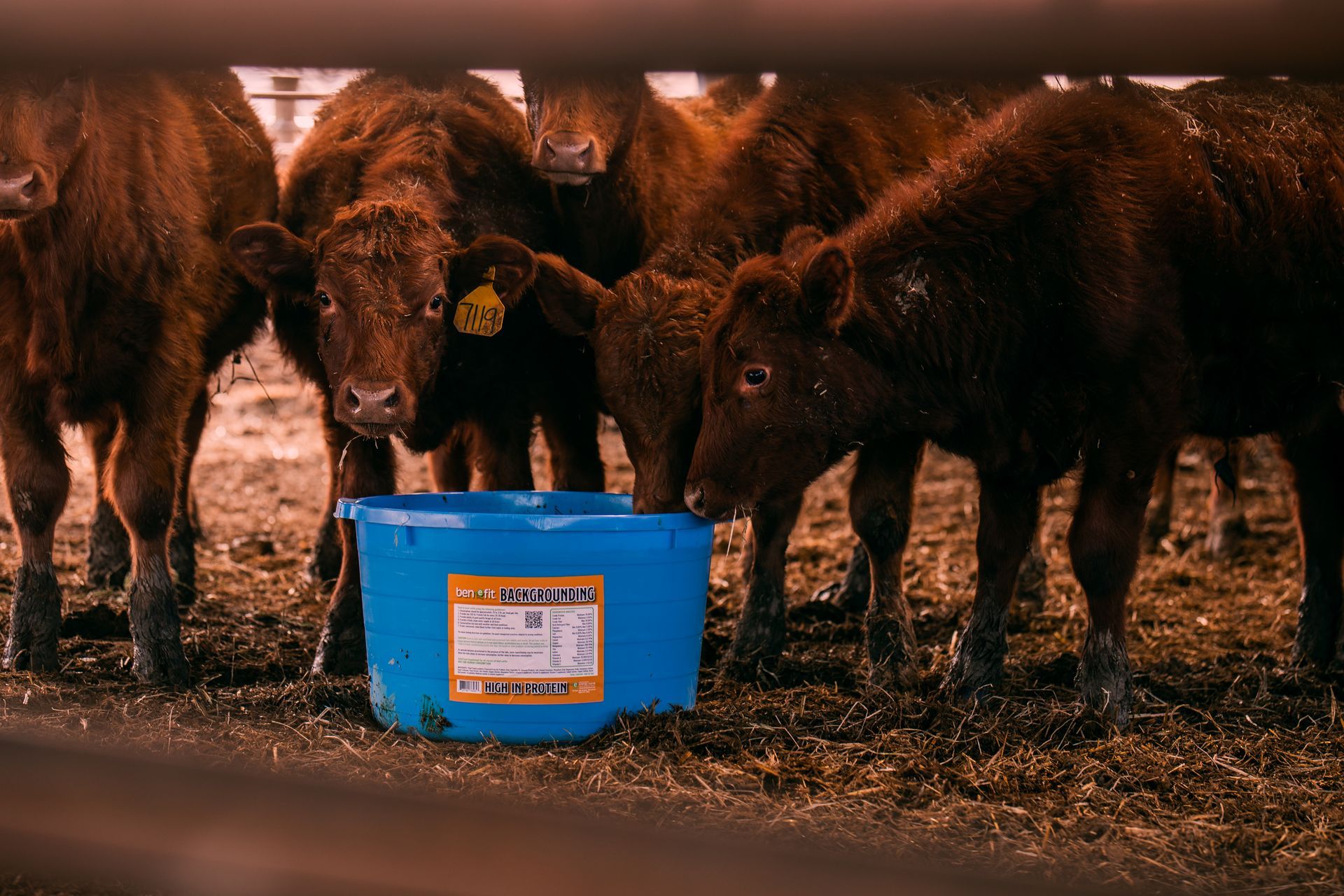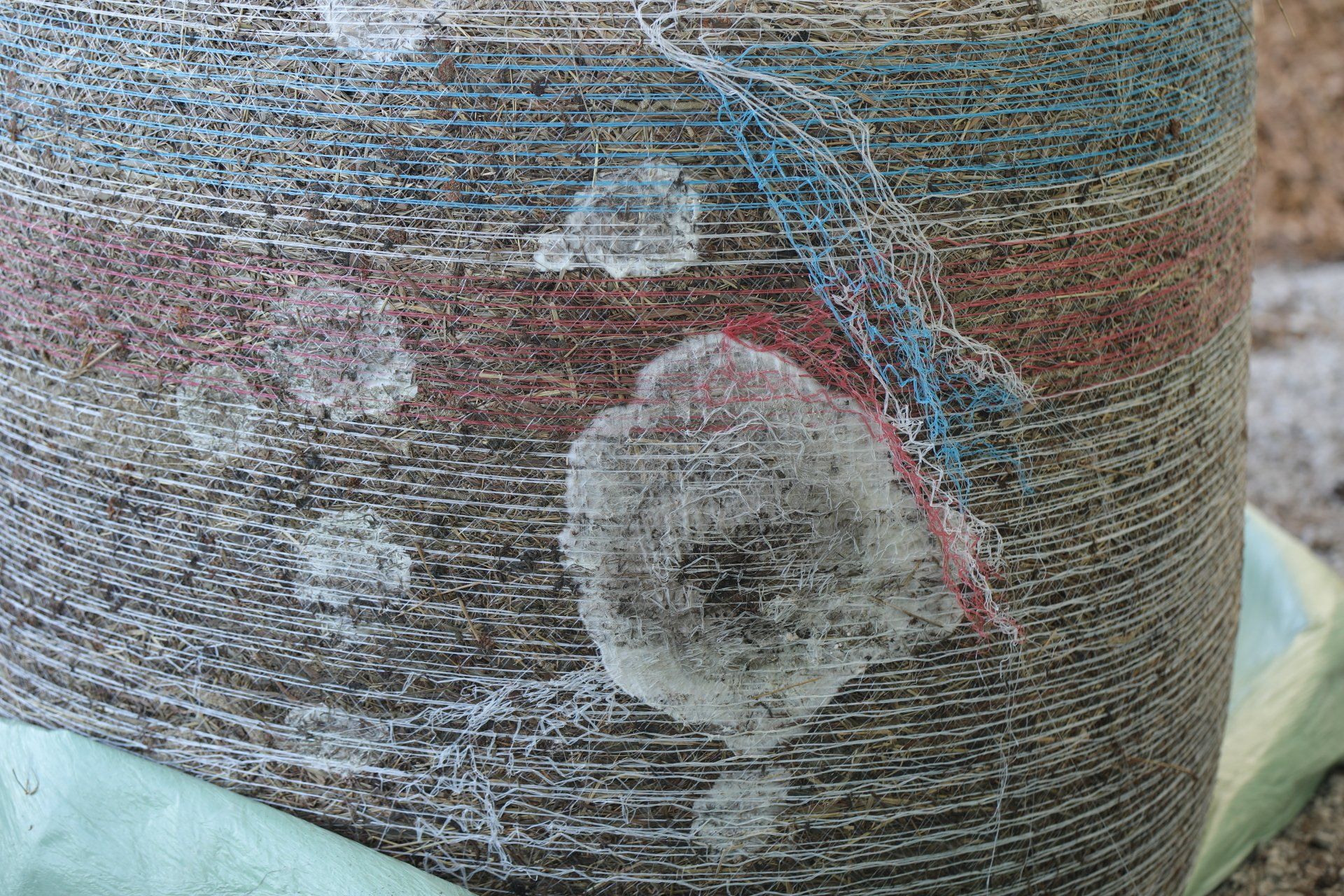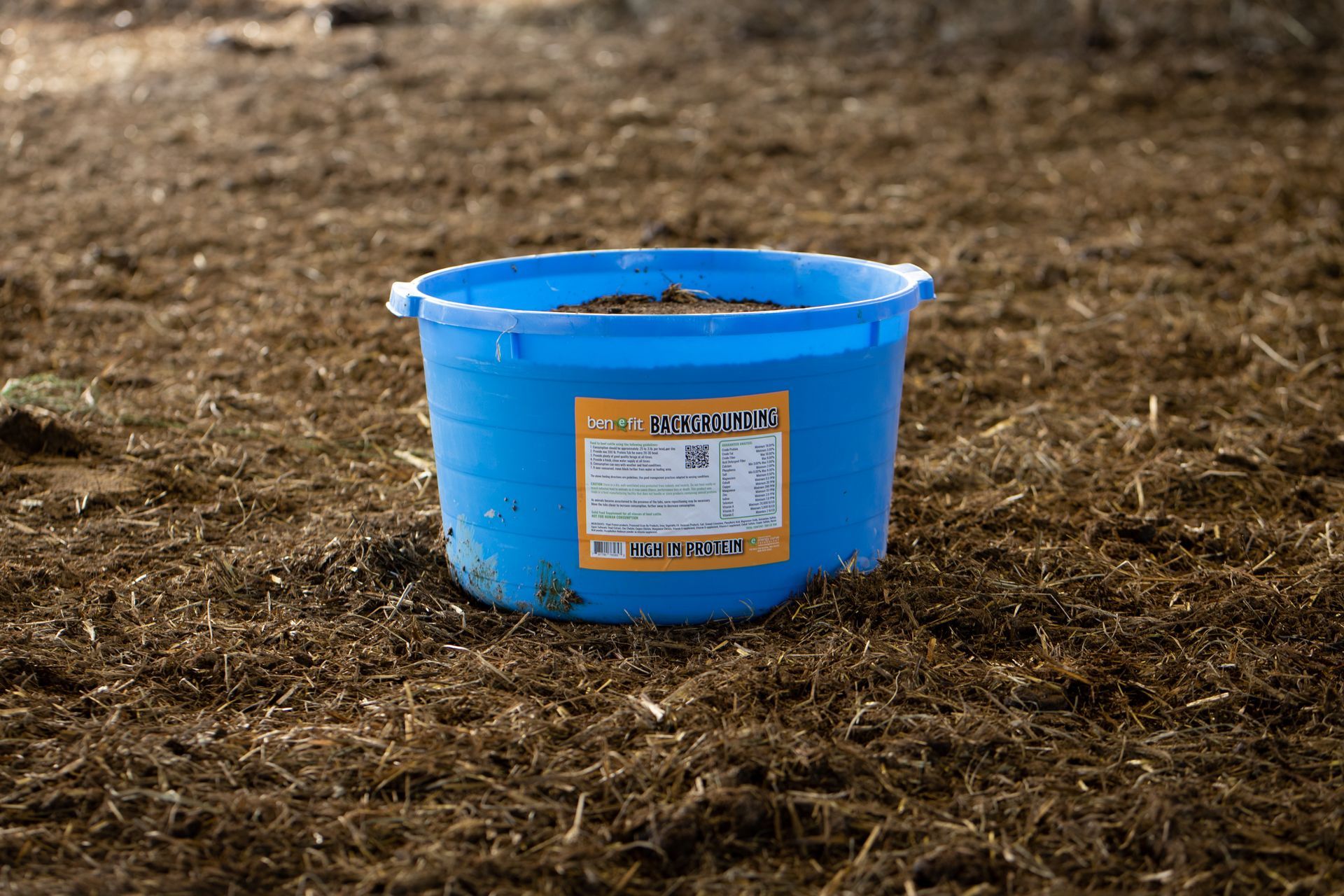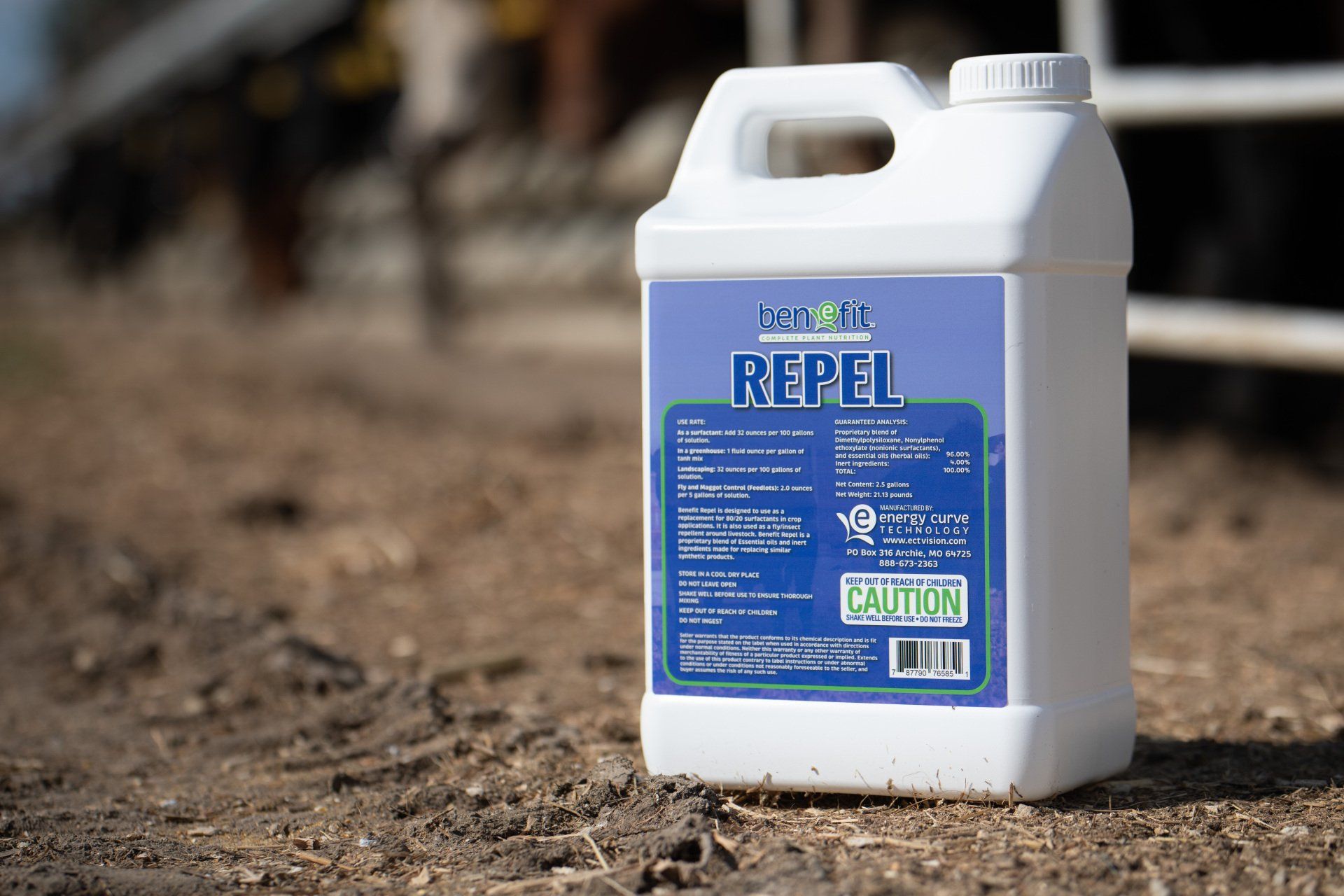CATTLE NUTRITION
THE BENEFIT IS BETTER HERD HEALTH.
As with most of the product category the probiotics are delivered in 2 primary ways, dry (can include powder, granular or carrier-based range cubes or prills) and liquid (can include a composted tea, broth or added to a bottle in the form of a paste). Neither of the delivery methods allow for the CFU or Colony Forming Units to do exactly what they are supposed to do, grow and replicate. It is imperative to understand the Benefit system includes much larger counts of microbes because of the way we deliver it to its “end-user” or the animals.
A second and even more important thing to consider is the feed components upon which we place these probiotics. Our primary delivery mechanism is the hay the cows are fed from the very beginning. We start by ensuring we are raising the healthiest crop possible. It does not matter to us if it is a monocrop like Alfalfa or if it is a multi-species mix of natives and things like triticale or teff, we grow the crop like it is the very food we put on our own tables. Through agronomic management we give our animals a chance to have full nutrition easily digested hay. The agronomy of all this is for a different discussion.
We apply our preservative when we bale the crop. This gives us adequate time to bloom and then ferment the hay to a perfect feed that contains 100% active probiotics and fully digestible nutrition rich hay. The observations of the bales will be spotty areas that are colonies of active and growing microbes in the form of beneficial bacteria. Once this is ingested it is immediately at work helping a calf build rumen and further support the other functions of the digestive system. The increase in palatability and energy is evident within just a few days of feeding a Benefit treated hay bale.
We also had to consider the transitional period all growers go through when utilizing a new method or system. Most of the time growers tend to shy away because it is not always clear exactly what alternative practices are acceptable. This system can be applied to dry hay. Again, it is a vessel to get the best probiotic response from the herd. So, in short, this system is usable on a dry hay that is rolled out or ground or fed in any manner. Simply apply it to the hay in the right rate and the positives will show up in just a few days.
Understanding what the feed value is of the hay we produce; it is critical to support the animal’s ability to extract the most it can from that product. What does this have to do with microbiology and probiotics? Everything! Understand that some of the best food for anyone or anything are those that are slightly to fully fermented. We have done this for years with silage, bailage, and other crops. The reason for this is most of the matter that animals cannot efficiently break down and use passes straight on through. In fermenting, we start that process through heat, moisture, and microbiology to make the food source more easily taken in and used by the gut. Fermentation also supports a stronger digestive system that is harder to compromise by disease or stress. All resulting from microbial balance necessary for animals to be most efficient at breaking down feed.
When we do not impart a system that allows for this natural progression, we falter to supplements. These supplements are rarely a high efficiency alternative to the natural order of things, and often leave behind side effects that we struggle to keep at bay within our herd. Without the added feed and supplements we have seen our death-loss go from 6% down to less than 1%.










